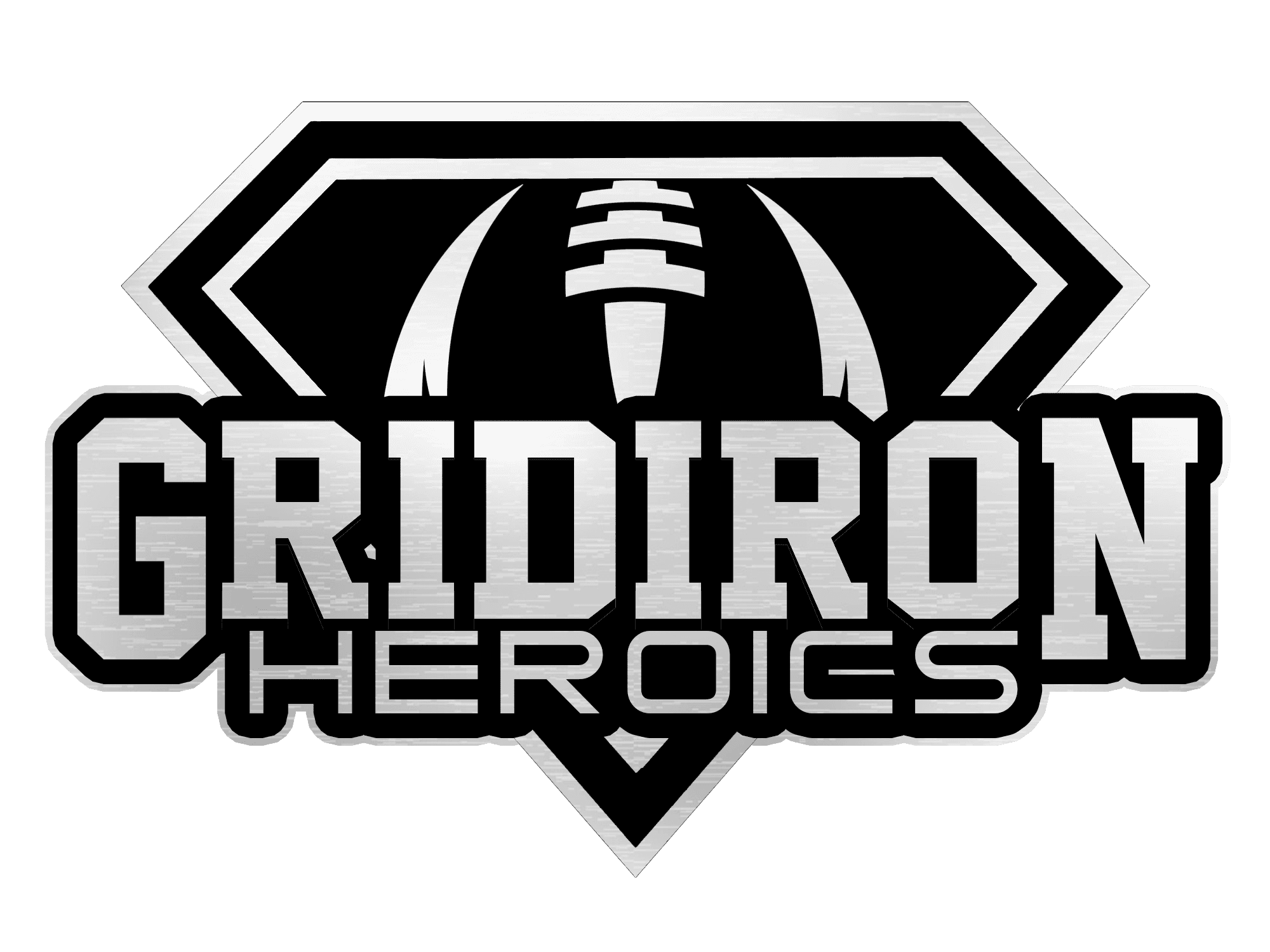The Gator Bowl stands as one of college football’s most prestigious and historic bowl games. With roots dating back to 1946, this annual event has become a cornerstone of the sport’s postseason landscape, evolving alongside the changing face of collegiate athletics.
History and Origins
The Gator Bowl was conceived in 1945 by a group of Jacksonville businessmen led by Charles Hilty Sr. Hilty, along with Ray McCarthy, Maurice Cherry, and W. C. Ivey, put up $10,000 to underwrite the first game, which was held at Jacksonville’s Fairfield Stadium on January 1, 1946. The inaugural game saw the Wake Forest Demon Deacons defeat the South Carolina Gamecocks 26-14, though it drew a modest crowd of only 7,362 spectators.
Despite the initial low attendance, the organizers persevered. The stadium was expanded in 1948 and renamed Gator Bowl Stadium in honor of the event. However, it wasn’t until the 1949 matchup between the Clemson Tigers and the Missouri Tigers that the future of the Gator Bowl was assured. Attendance nearly doubled from the previous year, with 32,939 fans watching Clemson edge out Missouri 24-23 on a late field goal by Jack Miller.
Evolution and Growth
The Gator Bowl’s history can be divided into several key periods:
1946-1950s: The early years, marked by growing attendance and increasing prestige.
1960s-1970s: A period of stability and national recognition, with attendance regularly reaching 60,000-70,000.
1980s-1990s: The era of corporate sponsorship begins, bringing financial stability and growth.
2000s-Present: Continued evolution with changing venues and sponsorships.
Sponsorship and Branding
The Gator Bowl has seen various sponsorship arrangements over the years:
- Mazda Gator Bowl (1986-1991)
- Outback Gator Bowl (1992-1994)
- Toyota Gator Bowl (1995-2007)
- Konica Minolta Gator Bowl (2008-2010)
- Progressive Gator Bowl (2011)
- TaxSlayer.com Gator Bowl (2012-2013)
- TaxSlayer Bowl (2014-2017)
- TaxSlayer Gator Bowl (2018-Present)
These sponsorships have played a crucial role in the bowl’s financial stability and growth, allowing it to maintain its status as one of college football’s premier events.
Venue Evolution
The Gator Bowl has called several stadiums home throughout its history:
1946-1993: Gator Bowl Stadium (originally Fairfield Stadium)
1994: Ben Hill Griffin Stadium (Gainesville, Florida) – temporary venue
1996-Present: EverBank Stadium (formerly Jacksonville Municipal Stadium, EverBank Field, and TIAA Bank Field)
The move to the current venue in 1996 marked a significant upgrade in facilities and capacity, enhancing the fan experience and the bowl’s prestige.
Notable Moments and Achievements
The Gator Bowl has been the stage for numerous memorable moments in college football history:
- 1955: The Gator Bowl became the first bowl game to be televised nationally, with CBS broadcasting Vanderbilt’s 25-13 upset of Auburn.
- 1978: Ohio State coach Woody Hayes’ career ended after he punched Clemson player Charlie Bauman following an interception, leading to Hayes’ dismissal.
- 2010: Bobby Bowden coached his final game, leading Florida State to a 33-21 victory over West Virginia in front of a Gator Bowl record crowd of 84,129.
Conference Affiliations
The Gator Bowl has had various conference tie-ins throughout its history. Currently, it features teams from the Southeastern Conference (SEC), Atlantic Coast Conference (ACC), and Big Ten Conference. This arrangement ensures high-quality matchups and maintains the bowl’s relevance in the college football landscape.
Economic Impact and Charitable Contributions
Beyond its significance in sports, the Gator Bowl has had a substantial economic impact on Jacksonville and the surrounding region. The game and its associated events draw thousands of visitors each year, boosting local businesses and tourism. While specific figures for the Gator Bowl are not provided in the search results, bowl games of similar stature typically generate millions of dollars in economic impact for their host cities.
Ticket Information
Securing tickets for the Gator Bowl can be competitive, given the game’s popularity and limited availability. Fans can typically purchase tickets through several channels:
- Official Gator Bowl website
- Participating schools’ ticket offices
- Secondary market platforms
Ticket prices vary based on factors such as seat location and matchup popularity. While specific price ranges are not provided in the search results, bowl games of similar prestige often see prices ranging from around $50 for upper-level seats to several hundred dollars for premium locations.
Broadcast History
The Gator Bowl has a long history of national television coverage. It became the first bowl game to be televised nationally in 1955, with CBS broadcasting the game. This tradition of national coverage has continued, ensuring that the Gator Bowl remains a prominent fixture in the college football postseason landscape.
Future Outlook
As college football continues to evolve, the Gator Bowl remains a constant fixture in the sport’s landscape. Its rich history, coupled with its ability to adapt to changing times, ensures its relevance and prestige for years to come. The bowl continues to attract top teams and passionate fans, maintaining its position as one of the most anticipated events of the college football postseason.
The Gator Bowl represents more than just a game; it’s a celebration of college football’s history, tradition, and future. From its humble beginnings in post-World War II America to its current status as a key part of the college football bowl season, the Gator Bowl continues to captivate fans and players alike. As it approaches its 80th year, the Gator Bowl stands as a testament to the enduring appeal of college football and its ability to bring people together in the spirit of competition and sportsmanship.
With its rich history, evolving sponsorships, and commitment to providing a top-tier bowl experience, the Gator Bowl is poised to remain a cornerstone of the college football postseason for generations to come. Whether you’re a die-hard fan or a casual observer, the Gator Bowl offers a unique blend of tradition and excitement that exemplifies the best of college football.


